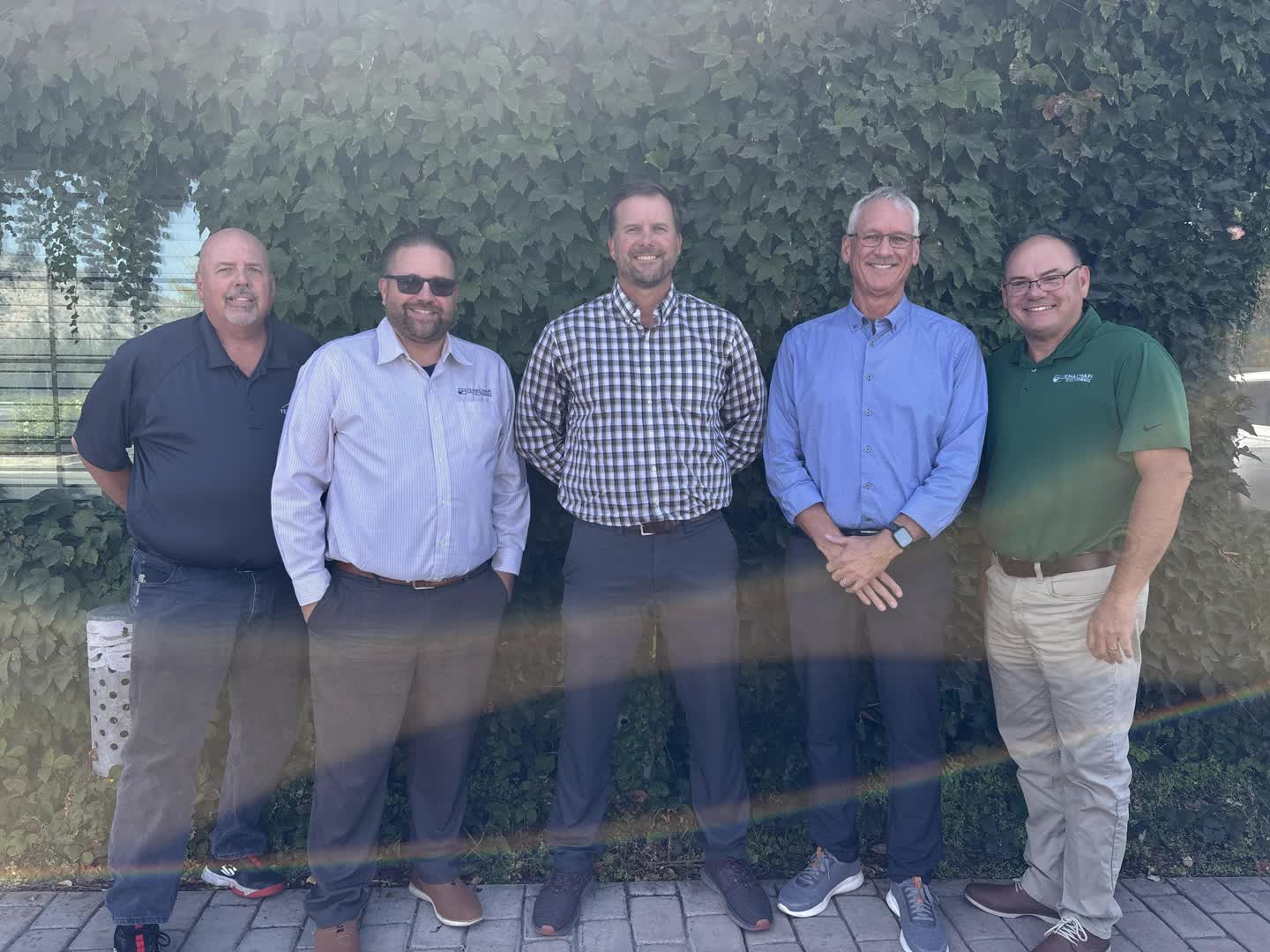Tehachapi Water Leaders Discuss Groundwater Management and State Water Project Misconceptions
October 06, 2025 | Tehachapi, Kern County, California
This article was created by AI summarizing key points discussed. AI makes mistakes, so for full details and context, please refer to the video of the full meeting. Please report any errors so we can fix them. Report an error »

The City of Tehachapi held a meeting on October 6, 2025, focusing on local water management and the complexities surrounding the region's water supply. The discussion, led by Chris Carlson, highlighted the unique characteristics of Tehachapi's water basins and the importance of understanding the sources of drinking water for residents.
The meeting began with an overview of the three distinct water basins in the area: the Tehachapi Basin, which is shared by the city and Golden Hills; the Bridal Valley Basin; and the Cummings Valley Basin. Each basin is managed differently, but all share the common goal of sustainable water management. Carlson emphasized the interconnectedness of these agencies, noting that while they operate independently, they rely on the California Aqueduct and the State Water Project (SWP) for certain water needs.
A significant point of discussion was the misconception among residents regarding the source of their drinking water. Carlson clarified that neither Golden Hills nor the city receives water directly from the SWP. Instead, the water supplied to homes comes from groundwater, which is replenished by natural precipitation. He noted that the local water table is currently healthy, thanks to careful management practices that prevent over-pumping.
Carlson explained that the region's water rights system allows for sustainable extraction, with regulations ensuring that only two-thirds of the allocated water can be pumped, leaving a portion in the basin for ecological health. This careful management has resulted in a stable water supply, even as the community has grown.
The conversation also touched on the historical context of water rights in the area, noting a shift from small family farms to a more industrial economy. This transition has led to some water rights going unused, which has implications for future water management strategies.
As the meeting concluded, Carlson reiterated the importance of understanding the role of the SWP in the broader context of water management. While the community has relied primarily on native water sources, the increasing demand for water necessitates a discussion about artificial replenishment and the potential need to utilize SWP resources more effectively in the future.
Overall, the meeting underscored the importance of informed water management practices and the need for ongoing dialogue among local agencies to ensure a sustainable water supply for Tehachapi's residents.
The meeting began with an overview of the three distinct water basins in the area: the Tehachapi Basin, which is shared by the city and Golden Hills; the Bridal Valley Basin; and the Cummings Valley Basin. Each basin is managed differently, but all share the common goal of sustainable water management. Carlson emphasized the interconnectedness of these agencies, noting that while they operate independently, they rely on the California Aqueduct and the State Water Project (SWP) for certain water needs.
A significant point of discussion was the misconception among residents regarding the source of their drinking water. Carlson clarified that neither Golden Hills nor the city receives water directly from the SWP. Instead, the water supplied to homes comes from groundwater, which is replenished by natural precipitation. He noted that the local water table is currently healthy, thanks to careful management practices that prevent over-pumping.
Carlson explained that the region's water rights system allows for sustainable extraction, with regulations ensuring that only two-thirds of the allocated water can be pumped, leaving a portion in the basin for ecological health. This careful management has resulted in a stable water supply, even as the community has grown.
The conversation also touched on the historical context of water rights in the area, noting a shift from small family farms to a more industrial economy. This transition has led to some water rights going unused, which has implications for future water management strategies.
As the meeting concluded, Carlson reiterated the importance of understanding the role of the SWP in the broader context of water management. While the community has relied primarily on native water sources, the increasing demand for water necessitates a discussion about artificial replenishment and the potential need to utilize SWP resources more effectively in the future.
Overall, the meeting underscored the importance of informed water management practices and the need for ongoing dialogue among local agencies to ensure a sustainable water supply for Tehachapi's residents.
View full meeting
This article is based on a recent meeting—watch the full video and explore the complete transcript for deeper insights into the discussion.
View full meeting
